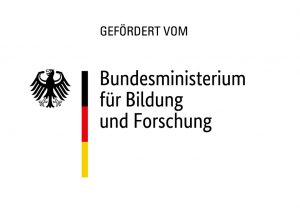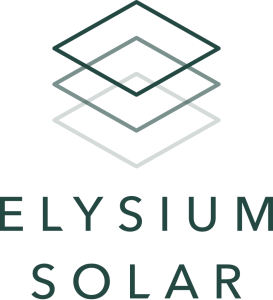Synergetic integration of photovoltaics in agriculture as a contribution to a successful energy transition – networking and support of the market ramp-up of agrivoltaics in Germany [SynAgri-PV] (Synergetische Integration der Photovoltaik in die Landwirtschaft als Beitrag zu einer erfolgreichen Energiewende – Vernetzung und Begleitung des Markthochlaufs der Agri-PV in Deutschland [SynAgri-PV])
To achieve the goal of climate neutrality in 2045 in Germany, it is assumed that today’s installed capacity must be increased by a factor of six to eight. A significant part of this will have to be realized on open land, which increases the already high pressure on the availability of agricultural land. One solution here could be the multiple use of land, as promised by the concept of Agri-PV as a combination of energy generation and agricultural production. The SynAgriPV project aims to support the market ramp-up of the technology by evaluating the scientific-technical, legal and social status of Agri-PV, formulating a uniform and evidence-based model, identifying the need for action and outlining possible solutions. In this context, the Stiftung Umweltenergierecht (Foundation for Environmental Energy Law) focuses on the planning and permitting issues of Agri-PV.
Duration: 1. July 2022 – 30. June 2025
Funded by: Federal Ministry of Education and Research (BMBF)

Project partners: Fraunhofer-Institut für Solare Energiesysteme ISE; LeibnizZentrum für Agrarlandschaftsforschung (ZALF); Universität Hohenheim; Elysium Solar; Becker Büttner Held; Stiftung Umweltenergierecht





Project management

Dr. Nils Wegner (Projektleitung)
Tel: +49-931-79 40 77-20
E-Mail

Dr. Thorsten Müller
Tel: +49-931-79 40 77-0
E-Mail

Jonas Otto
Tel: +49-931-79 40 77-276
E-Mail
Content
In order to achieve the goal of greenhouse gas neutrality by 2045, a rapid and massive deployment of renewable energies is required in Germany. In the case of photovoltaics, it is assumed that an expansion to six to eight times the currently installed capacity is necessary, i.e. 300 – 450 GW. Since a significant part of this expansion of 12 – 20 GW per year is expected to take place on open land, a considerable demand for land is emerging, which will put increasing pressure on the already scarce supply of space.
Agrivoltaics (Agri-PV) offers a promising solution and, at the same time, an opportunity for both the agricultural industry and the energy transition. Agri-PV describes the combined production of renewable energy and local crops on the same area and thus represents a new form of land use. It makes it possible to greatly expand PV output without taking valuable land away from agriculture. Through partial shading by the PV modules, they offer the potential to simultaneously protect crops and mitigate negative consequences of the climate crisis on agriculture, such as increasing drought and the consequences of extreme weather events.
In order to promote the preconditions for a rapid market ramp-up of Agri-PV, the technical, legal and social conditions of Agri-PV in Germany will be evaluated. Based on this, a uniform, evidence-based model for the expansion of Agri-PV will be formulated with the involvement of all relevant social actors. In this process, the need for action will be named, solution approaches will be outlined and further research needs will be identified. For this purpose, the Foundation for Environmental Energy Law will examine the regulatory framework of Agri-PV, in particular the issues of planning and permitting of Agri-PV plants, and identify the need for action.